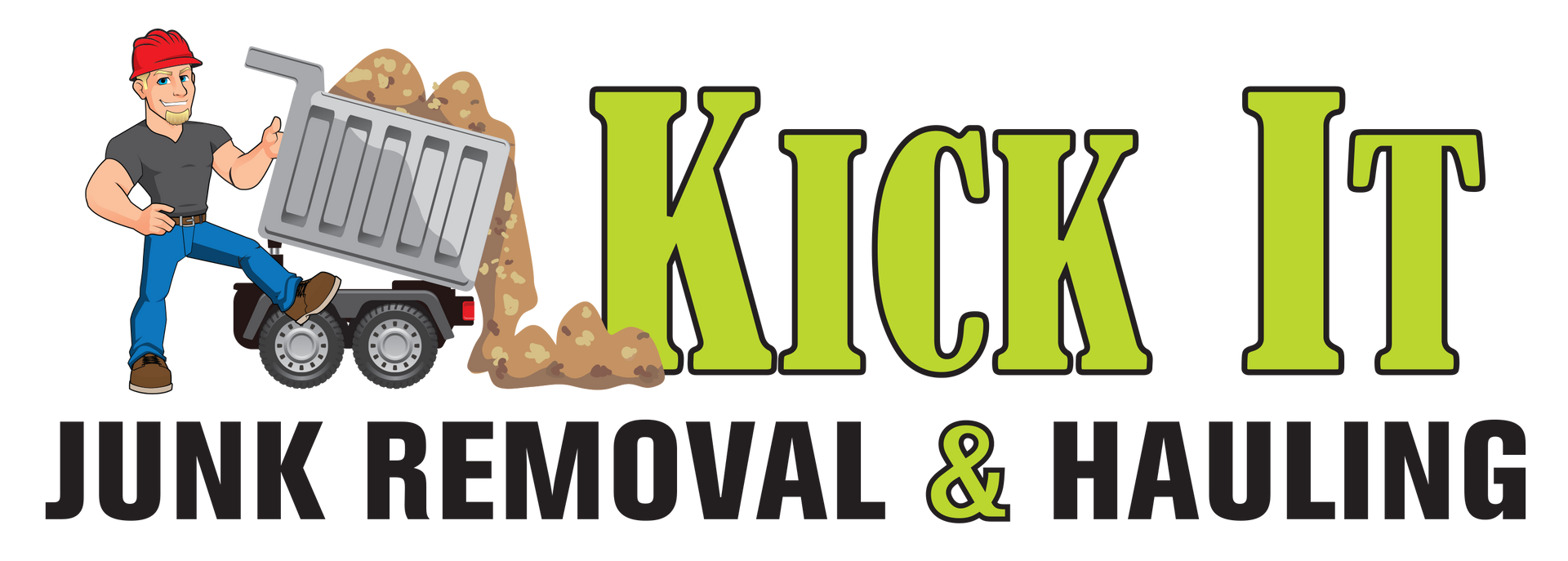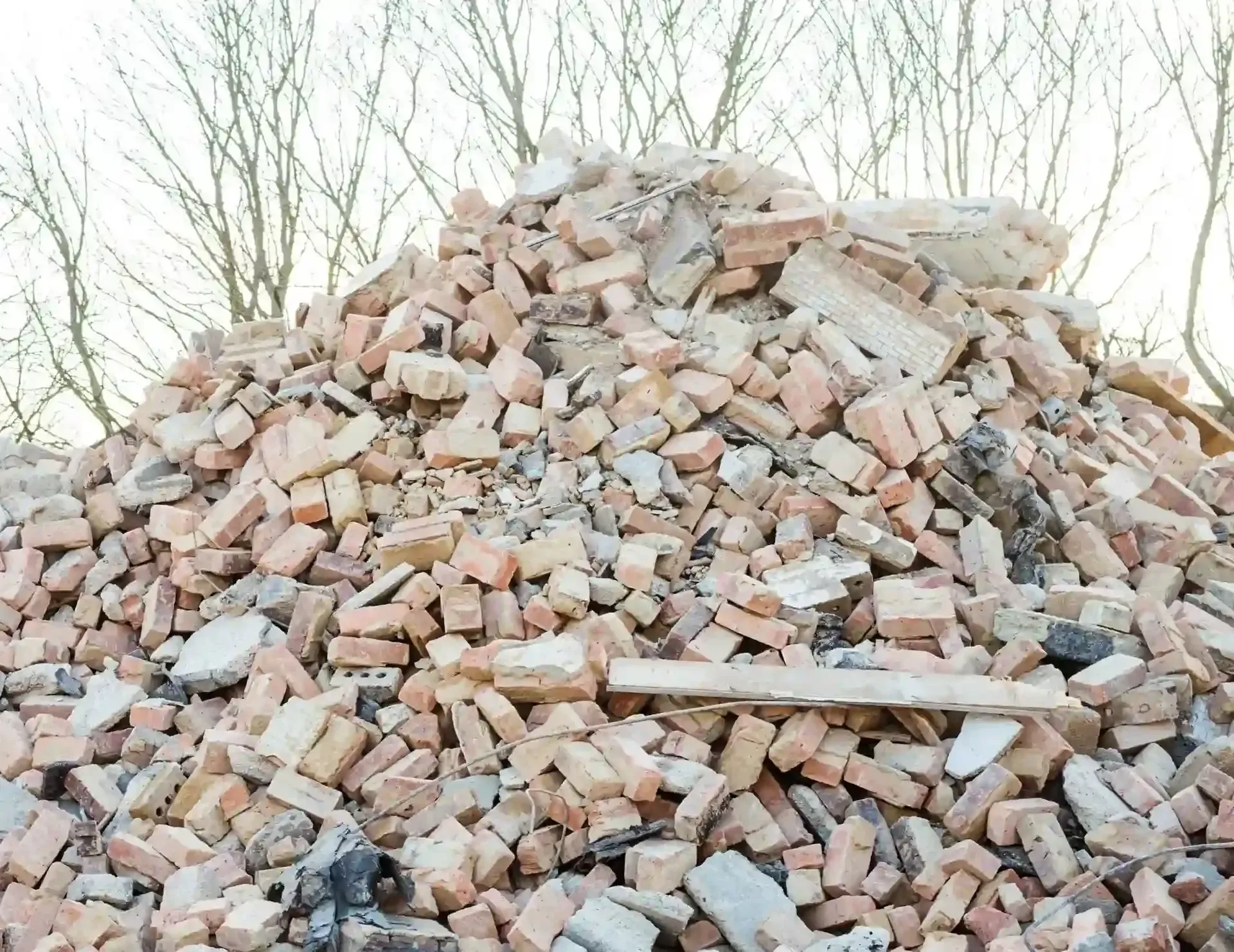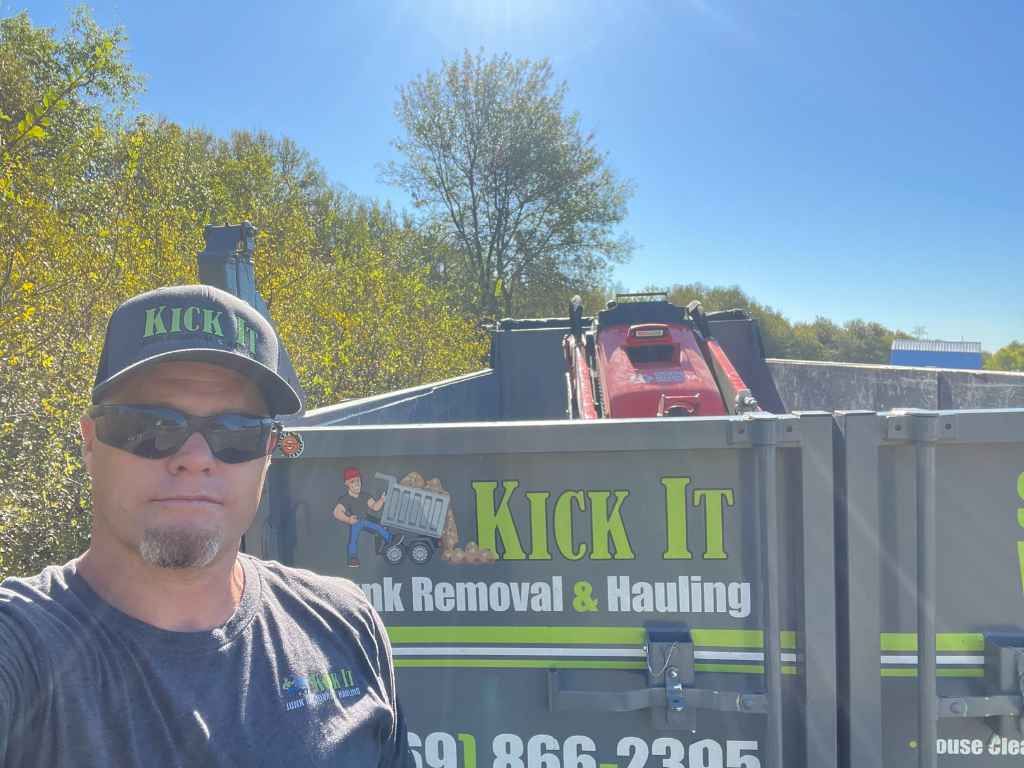How Deck Removal Prepares Your Property for New Projects
A weathered deck might hold memories—Sunday brunches, warm summer nights, a few spilled drinks, and maybe even some barbecue disasters—but eventually, time leaves its mark. Boards warp, nails rust, and the once-loved platform turns into a splintered liability. When that happens, it's not just about aesthetics anymore—it becomes a question of what lies ahead. Stripping away an old deck isn't the end of something; it’s the start of possibility.
Let’s pull back the curtain on how deck removal isn’t merely demolition—it’s transformation in disguise.
The Deck You Loved Has Done Its Job
Every structure has a life cycle, and decks are no exception. From the moment they're installed, the elements begin their slow erosion—sun beating down, rain soaking in, and the freeze-thaw rhythm of winter all taking a toll. Even with the best upkeep, decks begin to show signs of fatigue: creaky boards, faded paint, maybe a loose plank or two that snag your sock just right.
That’s when it’s time to rethink the space entirely. Hanging on to a failing deck doesn't just affect curb appeal; it can stall progress. Whether you're eyeing a sleek patio, a sunroom expansion, or a minimalist Zen garden, the first step is making room. And that means saying goodbye—gracefully but decisively—to the old.
A Clean Slate, Literally
There’s something strangely satisfying about a clear, open space where a bulky, outdated deck once sat. The moment that last piece of lumber is lifted and hauled away, your yard begins breathing again. The soil underneath sees daylight for the first time in years. It's no longer boxed in. Suddenly, the site becomes more than a patch of land—it becomes potential.
Removing a deck exposes the raw canvas of your property. From an architectural point of view, this is vital. It allows you to properly evaluate slopes, drainage, sun exposure, and foundational integrity. You can’t build something new until you fully understand what you’re building on. Think of it as re-learning your land.

Elevating Safety Standards
Many people wait too long to remove an unsafe deck. If your structure wobbles when you walk on it, has rusted fasteners, orleans ominously to one side, it’s not just an eyesore—it’s a hazard. And let’s be real, no future project is going to thrive if you’re still dancing around structural decay.
Deck removal eliminates hidden risks. Old nails, rotting joists, and insect infestations often lurk where we least expect them. Tearing it down is like ripping off a bandage to treat what’s underneath. Once gone, you gain peace of mind—and a hazard-free workspace for whatever comes next.
Prepping for Modern Upgrades
Let’s talk upgrades. Maybe you’re dreaming of an outdoor kitchen with a built-in grill and pizza oven. Or a multi-tiered patio with fire bowls and sleek concrete benches. These aren’t dreams built on shaky lumber. They need stability. They need vision. And most of all, they need space.
Old decks often follow outdated layouts, built around the needs of a family from 20 years ago. But your life is different now. You entertain differently. You relax differently. Removing the existing structure lets you reimagine how you want to use your yard. It removes the limitations. Now, you’re designing forward instead of working around something obsolete.
Revealing Drainage and Soil Conditions
Let’s get a bit granular—literally. One often-overlooked advantage of deck removal is the chance to assess your yard’s soil and drainage conditions. Over the years, the area beneath a deck can become compacted or neglected. Rainwater might pool in places. Erosion can subtly reshape the land.
Pulling the deck gives you full visibility. Maybe you discover drainage problems you never noticed before—critical intel for a new build. Or perhaps you uncover rich soil just begging for a raised garden bed. Either way, the land becomes something to work with, not just something to build over.
Boosting Property Value Through Preparation
It might seem counterintuitive—how can tearing something down increase value? But in real estate and renovation, appearance is only part of the equation. Functionality matters more. A rotting deck can be a red flag for buyers or appraisers. But an open, well-prepped yard? That signals readiness. It shows you care about the foundation, not just the finish.
Deck removal is like clearing clutter before staging a home. It lets the future shine through. If you're considering selling or renting out your property in the future, this proactive step can make a real difference. You're not just removing lumber; you're creating an asset.
Freeing Up Landscaping Potential
Your backyard is more than just a blank rectangle behind your house. It's an ecosystem of opportunities. And old decks often hog the spotlight. Once they’re gone, space opens up for landscaping ideas that would’ve seemed impossible before.
Imagine replacing that creaky deck with a pergola covered in flowering vines. Or maybe you envision a koi pond, a stone pathway weaving through native plants, or even a small orchard of fruit trees. None of these can exist while a tired deck dominates the yard. Removal is liberation, pure and simple.
Environmentally Responsible Disposal
Deck removal doesn’t mean chucking everything into a landfill and calling it a day. Today’s removal services focus heavily on responsible disposal. Lumber can often be recycled or repurposed. Metal fasteners, brackets, and railings can be sorted out for scrap. Even old concrete footings can sometimes be reused or ground down for future projects.
By choosing a removal service that prioritizes sustainable practices, you're not just clearing the way for the future—you’re doing it responsibly. That kind of foresight sets the tone for everything that follows.
Preparing the Ground for Structural Integrity
Let’s talk structure. Any new addition to your yard—be it a gazebo, covered patio, or enclosed sunroom—needs a solid foundation. That means compacted soil, clear blueprints, and proper grading. You can’t build with confidence unless the groundwork is done right.
Deck removal is the first step. Once the space is cleared, professionals can analyze the site for elevation changes, runoff issues, or tree root interference. It’s easier to troubleshoot and plan solutions before the build begins rather than trying to adapt mid-project.
You’re not just pulling up boards—you’re laying down foresight.
Resetting the Flow of Your Outdoor Space
An old deck has a way of dictating movement. It becomes the focal point of your outdoor layout, whether it still serves your needs or not. Once it’s gone, the flow changes. The visual lines open up. Your space breathes again.
Now you can redesign the movement of people through your yard. Want to create separate zones for lounging, dining, and gardening? Removing the deck allows you to rethink traffic patterns. Maybe the grill moves closer to the kitchen door, or the kids' play area shifts into a sunnier spot. You gain flexibility—both functionally and visually.
Discovering Hidden Issues Beneath the Deck
Sometimes, you don’t know what you’re dealing with until the deck is gone. It might be an ant colony, water damage, or invasive roots spreading under the surface. Deck removal uncovers these secrets—some inconvenient, others critical.
Early discovery of hidden issues can save you money in the long run. If you’re planning a major renovation or addition, catching structural concerns now means fewer headaches (and fewer invoices) later. It’s the kind of proactivity that pays dividends down the line.
Making Room for the Unexpected
Here’s the fun part—once your deck is gone, you're not boxed in. You’re free to imagine something entirely different. Maybe you decide not to rebuild at all. Maybe the space becomes a meditation garden, an outdoor cinema setup, or a greenhouse. Or maybe it becomes an open-air dance floor for late-night family parties.
Point is, you’re not replacing like for like. You’re reimagining. And that mindset—that flexibility—is what makes any new project truly exciting.
When Timing Matters: Seasonal Considerations
Timing your deck removal just right can fast-track your entire property transformation. Spring and fall are often the best windows, weather-wise, for tearing down and preparing for what’s next. In summer, demolition crews are booked solid, and in winter, the ground may be too hard to assess or work with.
Planning ahead means you can sync removal with your upcoming build. Tear down in March? You could be laying pavers or planting sod by April. Delay until summer? You may end up waiting until fall. The deck removal becomes a strategic move, not just a chore.
The Psychological Boost of Starting Fresh
Don’t underestimate the power of a clean break. Watching a worn-out deck come down isn’t just physically satisfying—it’s symbolic. It’s a reminder that spaces can evolve, that worn things can be let go of, and that new beginnings don’t require permission.
Home projects often stall not because of budget or design, but because people don’t know where to start. Removing an outdated deck provides a psychological reset. It’s the first domino. Once it falls, everything else seems to come easier.
You clear the deck—and clear the way forward.
Conclusion
Transforming your property begins with bold, decisive action. Deck removal is more than demolition—it’s the groundwork for renewal. By removing an outdated structure, you free up space, increase safety, uncover hidden issues, and give yourself the freedom to dream again.
Every successful outdoor project starts with preparation, and the very act of clearing out the old sets the stage for something better. Whether you're planning to build, landscape, entertain, or simply breathe easier in your own backyard, deck removal is your gateway to progress.
If you’re ready to take that first step, reach out to Kick It Junk Removal & Hauling. Conveniently located at 14339 Stanley Lane, Forney, Texas 75126, we’re committed to handling the hard part so you can focus on what’s next. Have questions or want to schedule your deck removal? Call us at 469-866-2395 or email Paul@kickitservices.com today.











